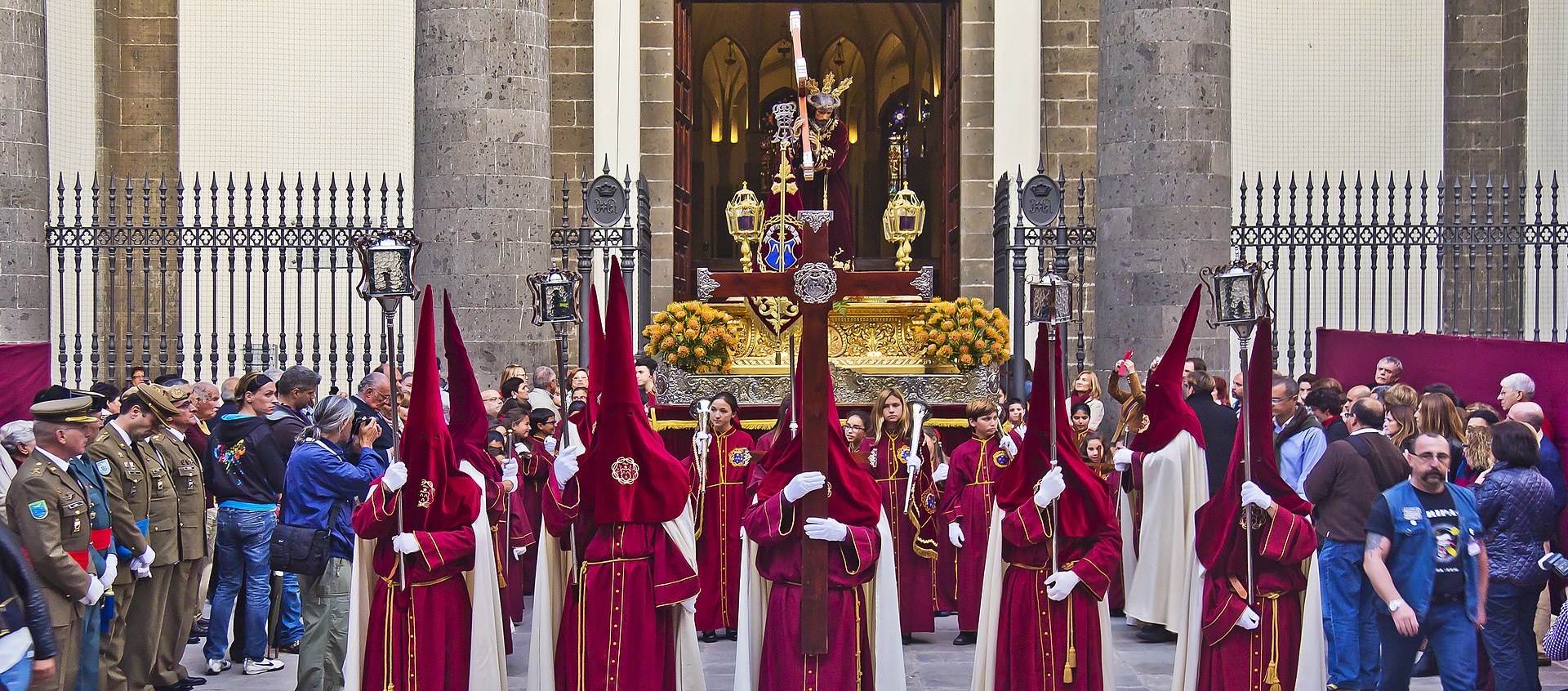There was a great wind, and darkness on the face of the sea. Then the proud ships vanished.
In 1571, the Holy League was fighting the Ottoman Empire. Their ships met in the Gulf of Patras, atop the Peloponnese. Spaniards, Savoyards, Venetians and Tuscans all fought the forces of Selim II from an assortment of ships.
And then they didn't. They disappeared, on the cusp of victory. A great enchantment fell upon them, and they were sent below.
Rumours abound: some say the spell was cast by a Turkish wizard. Others, that it was a disaffected Christian, a Transylvanian woman with a fixed grin. Some set the blame on a wizened Egyptian. One piece of esoteric gossip places the blame on a blank-faced boy North-East of Babylon. One utterly discredited suggestion suggests the culprit was a disgraced German academic.
What happened to them? Where did that battling knot of warring ships end up?
They went below.
| Tantalus, by Hendrick Goltzius |
The ships fell. And then they slipped into the Styx. Thousands of confused, bloodthirsty knights and marines and sailors thrust into Hades. They found there sulphur and charcoal, and lead from fetters - and so there was gunpowder and shot. And there were allies among the Shades of the Dead, and the heroes of legend: Alexander and Pompey and Agamemnon.
| Ixion, by Hendrick Goltzius |
So there are fiefdoms in the underworld, and rivalries - at first good natured, but developing swiftly. And there is struggle, against giants or beasts or furies or demons.
Some of the Holy Alliance, driven by Renaissance ideals of the Classical World have banded together with the 'Virtuous Pagans' to create a New Rome. Yes, another one.
Those Turks that were taken down into the Underworld have formed their own enclaves, and follow the old patterns of trade and conflict with the Christians.
Set against both are the hardliners and restorationists, dedicated to crawling out of the shadowy pit they find themselves in.
They all find themselves, it must be said, in a world where Cervantes is allying with the Giants to destroy dark Satanic mills.....
 |
| From Matteo Perez D'Aleccio's Engravings of the Siege of Malta. |
SO, WHAT IS THIS?
Conquistadors in the Classical Underworld of the Renaissance. Mannerist in style, muscular and elaborate. Ghost-fighting Spanish tercios supported by centaur squadrons and led by Julius Caesar.
| This guy's probably there. He got that sash for cutting one of Cerberus's Heads off. |
Alchemy and diabolism. Penitent brotherhoods in conical fire-proof robes. Jesuits arguing with the shade of Heraclitus. Achilles getting into arm-wrestling contests with landsknechts. Stray Protestants keeping very quiet.
 |
| Imagine these guys lobbing rocks at descending Furies. |
Inspirational Media:
Dante's Inferno.
I guess some of the guys from The Faerie Queene are there.
16th Century depictions of Classical Antiquity.
[This post written after trying to figure out where the River Acheron was said to emerge on the west coastline of Greece, and a hazy memory of Lepanto being in the area.]
His voice through all the garden was a thunder set to bring
ReplyDeleteBlack Azriel, and Ariel, and Ammon on the wing
Giants and the genii
Multiplex of wing and eye
Whose strong obedience broke the sky
When Solomon was king
This sounds truly excellent. A bit of recommended reading, some of which you're likely aware of already:
Frischlin's Julius Redivivus (unsure if the play's text exists in translation, but there are academic articles summarising it; essentially Caesar and Cicero come back to life to marvel at Early Modern Germany and make barbed comments about Italians)
Campanella's City of the Sun (blueprint for the Utopia one borderline mad late-C16th Dominican friar and possible pro-Ottoman conspirator would have made if he'd got the chance to start from scratch)
Wendy Bracewell on the Uskoks of Senj (story of one city of Adriatic pirates and their morally dubious anti-Ottoman crusade)
Noel Malcolm's Agents of Empire (one of the best and most accessible summaries of the spying and skullduggery leading up to Lepanto, and how enterprising dynasties of Albanians plsyed both sides)
Altai by Wu Ming (swashbuckling historical novel about the late C16th Ottoman Empire written by an eccentric conclave of Italian communists)
Many thanks for these! My knowledge of the Ottoman Wars is honestly pretty patchy, so I shall have to look into this more.
DeleteThis was an impromptu little post, so I've no plan of campaign on this yet, unless....
Anyway, here's some Chesterton of my own:
The wise men know what wicked things
Are written on the sky,
They trim sad lamps, they touch sad strings,
Hearing the heavy purple wings,
Where the forgotten seraph kings
Still plot how God shall die.
(The Ballad of the White Horse, but fits quite well with that bit of Lepanto!)
It's Riverworld ... by Milton, Dante, and (this is a new one for me) John Kendrick Bangs!
ReplyDeleteAbout those giants. I would counsel Cervantes to give them a good kick and see if any plaster flakes off.
Would you believe I've never read Riverworld?
DeleteWasn't consciously thinking of Milton, but of course his Christian myth in Classical forms is fits in nicely with some of the above.
John Kendrick Bangs looks fun - I shall see if I can get hold of A House-Boat on the Styx!